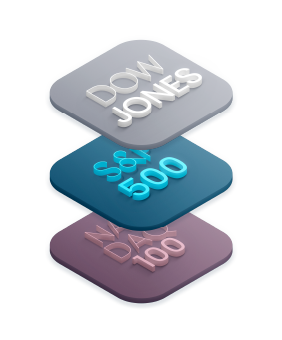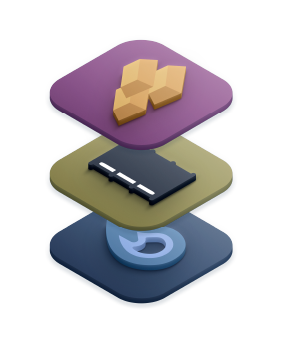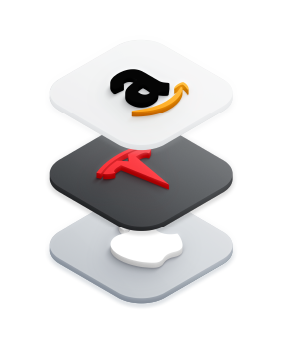Trade on both
rising and falling markets
All CFD transactions are instant; highly liquid and above all don’t need the trader to acquire any underlying asset.
They are a purely financial transaction - meaning you can sell or buy to benefit from the downside or upside price action.
Get Started
Top Traded CFDs

Trading indices on Assetise allows traders to buy or sell contracts based on whether they predict an index will rise or fall. It offers diversification and broad market exposure, allowing investors to profit from market movements without owning individual stocks.

Commodity CFD trading involves speculating on the price movements of raw materials like gold, oil, and agricultural products. Traders can profit from both rising and falling markets without owning the actual commodities, making it a flexible way to engage in commodity markets.

Stock and share CFD trading enables investors to speculate on the price fluctuations of individual company shares. Traders can profit from price changes without owning the actual stocks, gaining flexibility, leverage, and the ability to engage in various markets with relatively lower capital.
CFD TRADING WITH ASSETISE
POPULAR TOPICS
FAQ
CFDs enable traders to profit from both rising and falling markets by entering contracts with a broker. They mirror the price movements of the underlying asset, offering potential gains or losses based on the difference between the opening and closing prices of the contract.
Leverage multiplies the exposure to price movements, allowing traders to enter larger trades than they could with their account balance alone. While it can lead to higher profits, it’s important to use leverage cautiously, as losses can also be magnified.
Margin is a security deposit required by Assetise to cover potential losses. It’s expressed as a percentage of the total trade value. While it offers the advantage of trading larger positions, remember that losses are also calculated based on the total trade size, not just the margin.
Stop-loss orders automatically close a trade when the price reaches a set level, preventing further losses. Take-profit orders lock in profits by closing a trade when the price reaches a predefined target. These tools help manage risk and emotions during trading.
While CFDs provide access to various markets and potential profits, they also carry a level of complexity and risk. Beginners should educate themselves about trading strategies, risk management, and the dynamics of different assets before trading with real money. Starting with a demo account can help build confidence and skills.
Ready to get started?
Start trading



